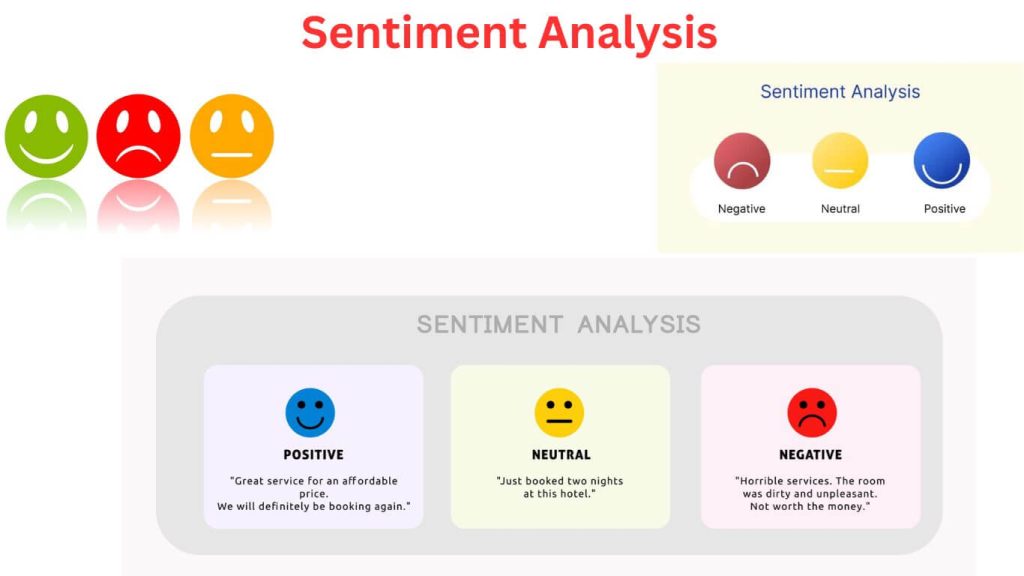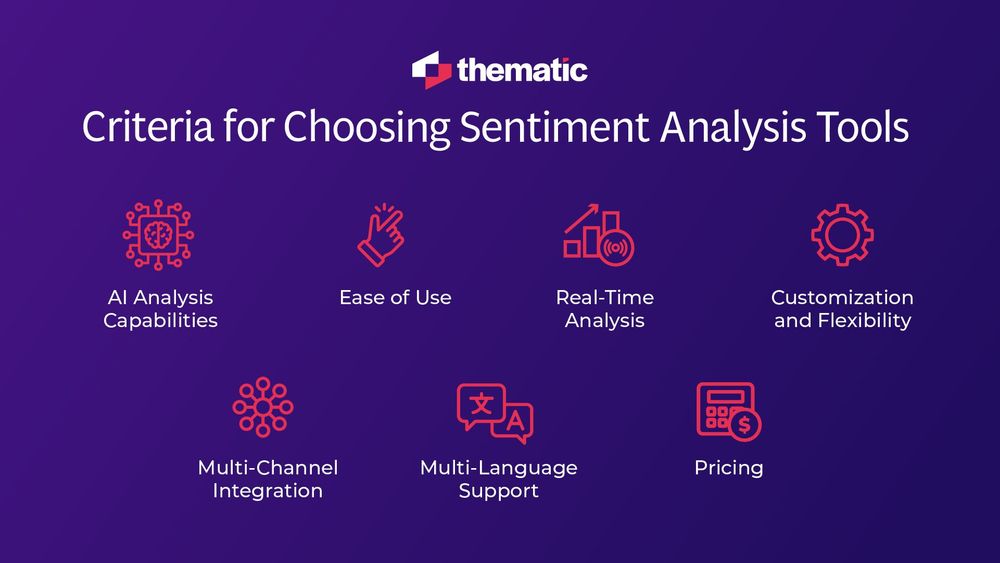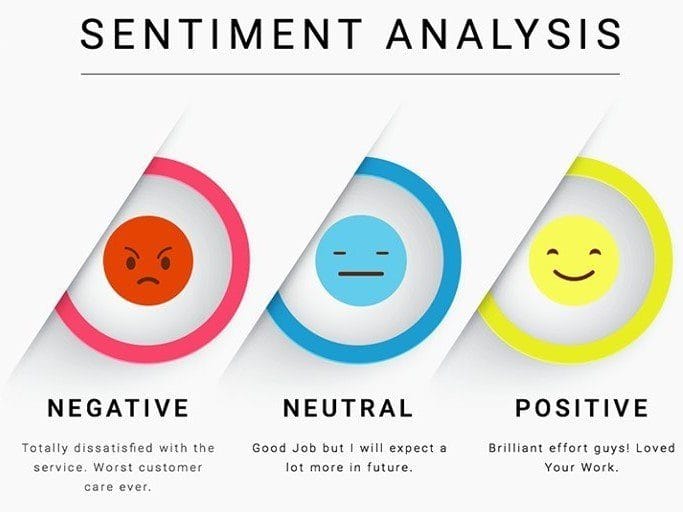Monitoring and Analyzing Review Sentiment for Continuous Business Improvement
Monitoring and analyzing review sentiment is crucial for businesses seeking to improve customer satisfaction and drive growth. This process involves using natural language processing (NLP) and machine learning to understand customer opinions and emotions expressed in reviews. Here's how businesses can leverage review sentiment analysis for continuous improvement:
Why Review Sentiment Analysis Matters
- Customer Insights: Review sentiment analysis provides valuable insights into customer preferences, pain points, and expectations. This information helps businesses tailor their products and services to meet customer needs more effectively.
- Competitive Advantage: By analyzing customer reviews, businesses can identify market gaps and opportunities to differentiate themselves from competitors.
- Reputation Management: Monitoring sentiment helps businesses address negative feedback promptly, protecting their reputation and reducing churn.
Methods of Review Sentiment Analysis
-
Basic Sentiment Analysis: This involves categorizing reviews as positive, negative, or neutral. It provides a broad overview of customer sentiment but lacks depth.
-
Advanced Sentiment Analysis: Techniques like polarity analysis, emotion detection, and aspect-based analysis offer more nuanced insights. They help identify specific emotions (e.g., delight, frustration) and aspects of products or services driving these sentiments.
-
Multiclass Sentiment Analysis: This approach categorizes feedback into multiple sentiment levels (e.g., strongly positive, mildly positive, neutral, mildly negative, strongly negative), providing a more detailed understanding of customer feelings.
Tools and Techniques for Monitoring Reviews
- AI-Powered Tools: Utilize AI-driven software to automatically analyze large volumes of reviews, identify trends, and set alerts for significant changes in sentiment.
- Social Media Monitoring: Leverage social media platforms to gather feedback and monitor brand mentions.
- Surveys and Feedback Forms: Collect structured feedback through surveys and forms to complement unstructured review data.
Implementing Insights for Continuous Improvement
-
Product Development: Use sentiment analysis to identify areas for improvement in products or services. This helps in making targeted updates that align with customer preferences.
-
Customer Service Enhancements: Analyze feedback to pinpoint issues in customer service and implement changes to enhance the overall customer experience.
-
Marketing Strategies: Inform marketing campaigns with insights from sentiment analysis to better resonate with customers and improve brand perception.
By integrating review sentiment analysis into their operations, businesses can foster a customer-centric approach, drive continuous improvement, and ultimately enhance customer satisfaction and loyalty.





